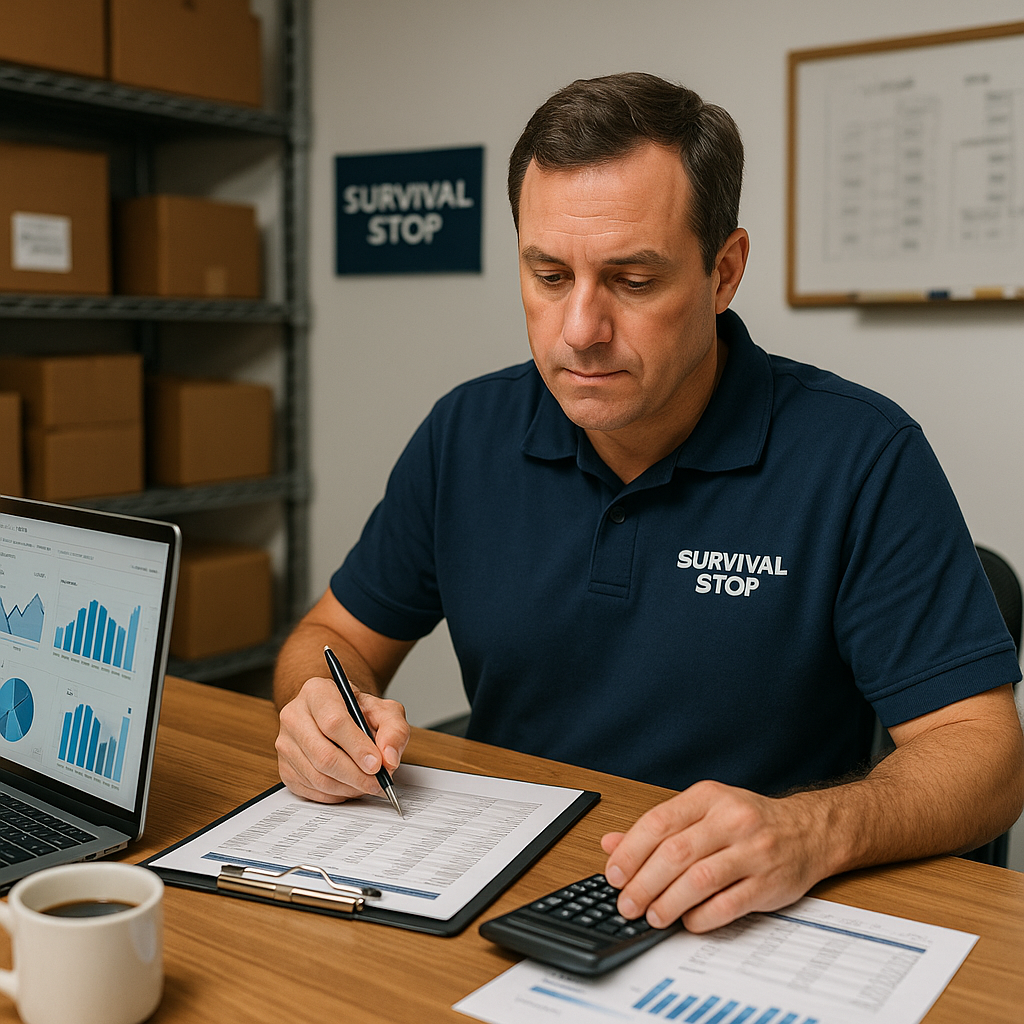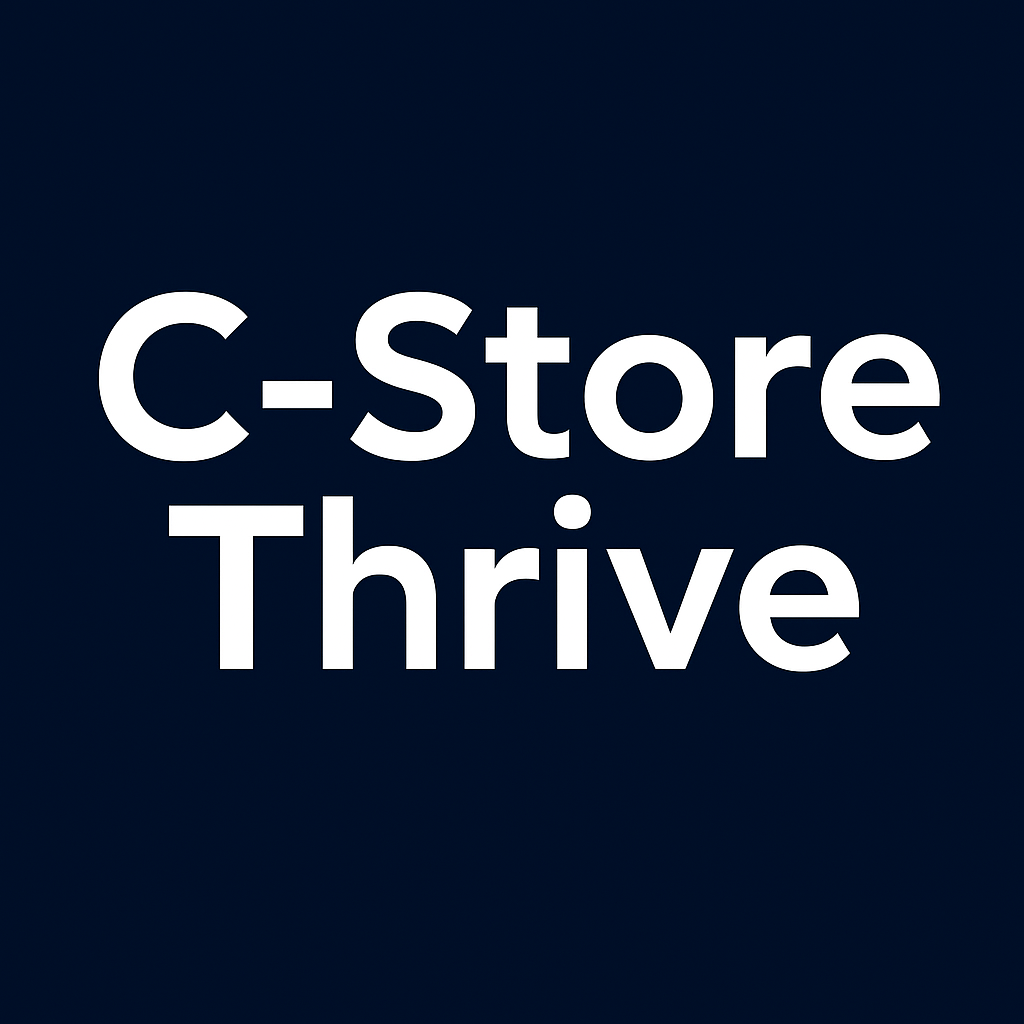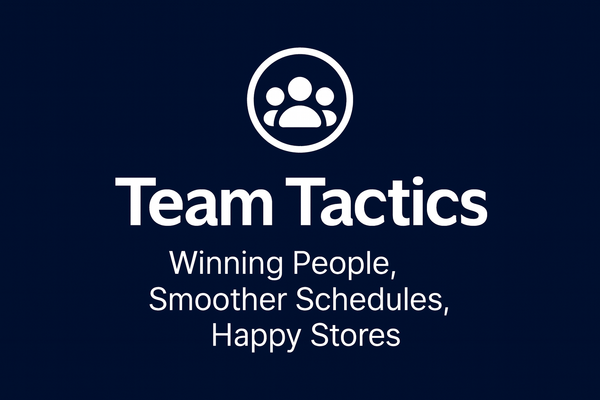How to Measure Profitability in Convenience Stores
Busy registers don't automatically mean healthy profits. Understanding how to measure convenience store profitability through gross margin, net margin, and contribution margin is critical for survival in today's competitive retail environment.

Convenience store operators across America are discovering that busy registers don't automatically translate to healthy profits. As competition intensifies and operational costs rise, understanding how to measure profitability in convenience stores has become critical for survival in an increasingly challenging retail environment.
"We had lines out the door every morning, but our bank account wasn't reflecting all that traffic," says Elena Rodriguez, who operates three Survival Stop locations in suburban Phoenix. "I realized I was confusing revenue with profit and had no real understanding of which products were actually making money."
Rodriguez's experience reflects a common challenge facing independent convenience store operators nationwide. Industry analysts report that while many stores maintain strong sales volumes, profit margins continue tightening due to competitive pricing pressures and rising operational costs.
Understanding the Profit Picture
The foundation of convenience store profitability measurement rests on three essential metrics that reveal different aspects of financial performance. Each provides unique insights that collectively create a complete picture of store economics.
Gross margin represents the most fundamental profitability measure, calculating the difference between product costs and selling prices as a percentage of total sales revenue. The formula divides sales revenue minus cost of goods sold by total sales revenue, then multiplies by 100 for percentage expression.
Consider a practical example from Marcus Thompson's store in rural Alabama. His monthly energy drink sales total $8,000, with wholesale costs of $5,200. The gross margin calculation reveals 35 percent: sales revenue of $8,000 minus costs of $5,200 equals $2,800, divided by $8,000 and multiplied by 100. This 35 percent gross margin must cover all operating expenses, including labor, utilities, rent, and insurance while generating profit.
Net margin takes profitability analysis deeper by measuring actual profit after all expenses. This calculation divides total revenue minus all expenses by total revenue, providing the percentage of sales that becomes actual profit. Industry benchmarks suggest successful convenience stores maintain net margins between 2 and 8 percent, making every percentage point significant.
Fatima Al-Zahra, who manages stores in metropolitan Detroit, discovered the importance of net margin analysis during a recent expansion. "Our gross margins looked strong across all categories, but net margin revealed we were barely breaking even after accounting for increased labor and utility costs," she explains. This insight prompted operational efficiency improvements that restored healthy profitability.
Contribution margin offers category-specific insights by measuring how individual products or departments contribute to covering fixed costs and generating profit. This metric divides product revenue minus variable costs by product revenue, revealing which items deserve premium shelf space and promotional investment.
Real-World Application Strategies
Successful convenience store operators implement systematic approaches to profitability measurement that provide actionable insights for daily decision-making. Rather than relying on monthly accounting reports, leading operators track key metrics continuously.
Isabella Moreau operates four stores in suburban Texas and credits daily margin monitoring with transforming her business performance. Her morning routine includes reviewing previous day sales by category, comparing actual margins to established targets, and identifying any significant variances requiring immediate attention.
"I spend ten minutes each morning analyzing which categories performed well and which fell short of expectations," Moreau explains. "This daily discipline helps catch problems early before they impact monthly results."
Technology plays an increasingly important role in profitability measurement for modern convenience stores. Advanced point-of-sale systems calculate margins automatically, providing real-time feedback on financial performance. These systems enable operators to track contribution margins by category, identify high-performing products, and make data-driven decisions about inventory and pricing.
Category-Specific Considerations
Different convenience store categories require distinct profitability approaches due to varying customer expectations and competitive dynamics. Fuel sales typically operate on extremely thin margins but drive customer traffic that enables higher-margin inside sales. Tobacco products face similar margin pressure while remaining essential for customer retention.
Prepared foods and beverage programs often provide the strongest profit opportunities per square foot. These categories allow creative pricing strategies and premium positioning that generates superior returns compared to packaged goods facing intense price competition.
Seasonal variations significantly impact profitability measurement accuracy. Smart operators track how margins fluctuate throughout the year, adjusting expectations and strategies accordingly. Summer beverage sales might command higher margins due to increased demand, while winter months may require promotional pricing to maintain inventory turnover.
Implementation Best Practices
Effective profitability measurement requires consistent methodology and regular analysis rather than sporadic attention during monthly closing procedures. Operators should establish target margins for each major category based on industry benchmarks and local competitive conditions.
Staff training plays a crucial role in profitability success. Employees who understand margin concepts make better decisions about product recommendations, pricing questions, and inventory management. This education transforms frontline workers into profitability partners rather than just transaction processors.
Regular expense reviews ensure that cost allocation remains accurate and complete. Many operators underestimate the true cost of labor, utilities, and overhead when calculating category profitability, leading to decisions based on incomplete information.
Understanding how to measure profitability in convenience stores provides the foundation for sustainable business success in an increasingly competitive marketplace. Operators who master these metrics typically outperform competitors while building stronger, more resilient businesses capable of weathering economic challenges and capitalizing on growth opportunities.





